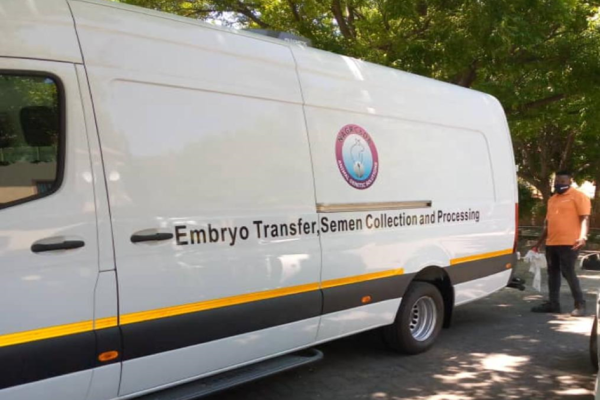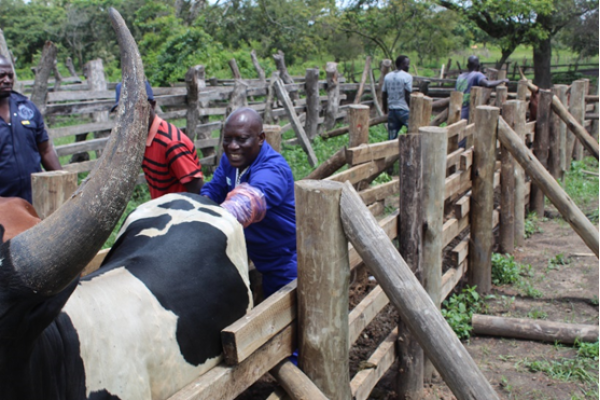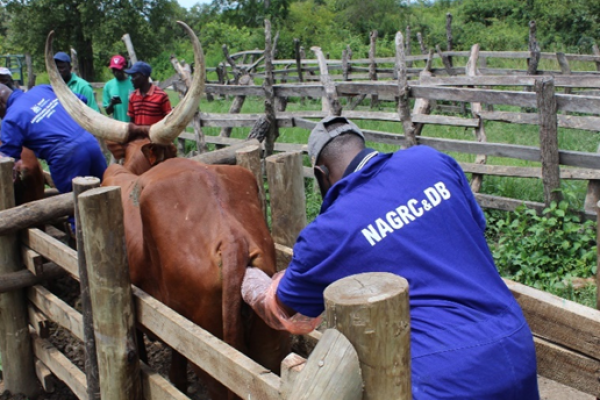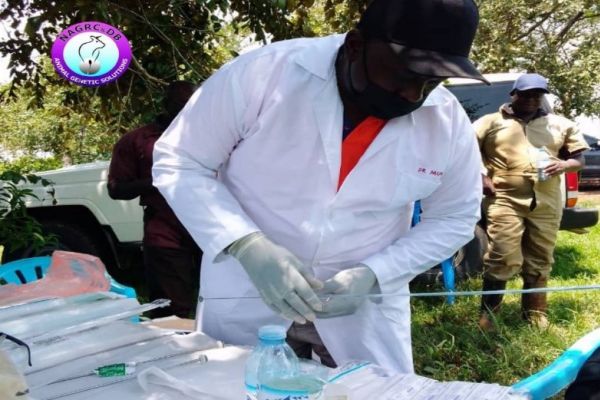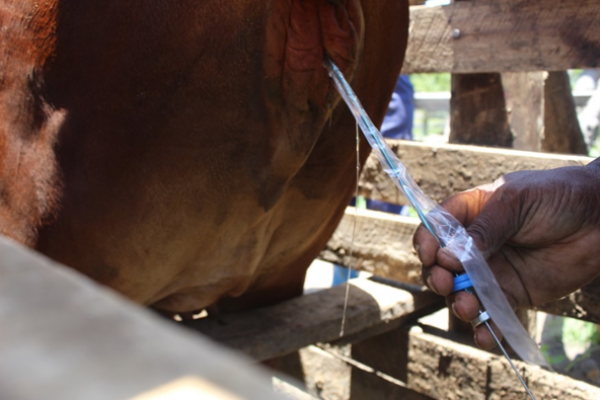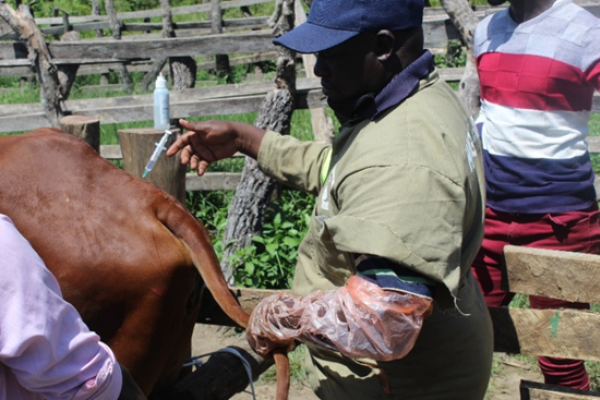Assisted Reproductive Technologies (ARTs) Unit
-
Purpose
Assisted Reproductive Technologies (ARTs) serve multiple purposes within the context of animal husbandry and aim at improving livestock production, genetic diversity, and disease resistance. The purposes of ARTs can be categorized as follows:
- Genetic Improvement: One of the primary purposes of ARTs is to facilitate genetic improvement within animal populations. By employing techniques such as embryo transfer, sperm and embryo sexing, and cloning, breeders can selectively propagate animals with desirable traits such as high milk production, superior meat quality, disease resistance, and enhanced reproductive performance. The goal here is to accelerate the genetic progress of livestock herds and flocks, leading to increased productivity and profitability for farmers.
- Disease Control and Prevention: ARTs also play a crucial role in disease control and prevention strategies within livestock populations. Through techniques like embryo transfer and cloning, it is possible to produce disease-resistant offspring from genetically superior donors. This helps mitigate the spread of infectious diseases and reduces the economic losses associated with illness in livestock. The overarching goal is to enhance the health and welfare of animals while safeguarding agricultural productivity.
- Conservation of Endangered Species: Another important purpose of ARTs is the conservation of endangered animal species. By utilizing assisted breeding techniques, embryo cryopreservation, and cloning, scientists and conservationists can preserve the genetic diversity of threatened species and prevent their extinction. The goal here is to maintain biodiversity and ecosystem stability while ensuring the survival of vulnerable animal populations.
- Increased Reproductive Efficiency: ARTs are instrumental in enhancing the reproductive efficiency of animals, particularly in terms of breeding rates and litter sizes. Techniques such as artificial insemination (A.I), multiple ovulation and embryo transfer (MOET), and heat synchronization enable farmers to maximize the number of offspring produced by their animals within a given breeding season. The goal is to optimize reproductive performance and minimize the time and resources required for breeding operations.
-
Key Stakeholders and Strategies for Popularization
NAGRC&DB employs various strategies to fulfill its mandate in promoting and popularizing Assisted Reproductive Technologies (ARTs) across the country. These strategies include:
- Government Collaboration: NAGRC&DB collaborates closely with government agencies responsible for agriculture and animal husbandry to advocate for the adoption of ARTs. This involves lobbying for policy support, securing funding for research and development, and implementing regulatory frameworks to ensure the ethical and responsible use of reproductive biotechnologies.
- Research and Innovation: NAGRC&DB invests in research and innovation to advance the field of reproductive biotechnology. This includes conducting studies on the efficacy and feasibility of ARTs in Ugandan livestock species, developing new techniques tailored to local farming conditions, and disseminating research findings to stakeholders through workshops, seminars, and publications.
- Capacity Building: NAGRC&DB conducts training programs, workshops, and extension services to build the capacity of livestock farmers and extension workers in the application of ARTs. These capacity-building initiatives provide farmers with practical skills and knowledge to effectively utilize reproductive technologies in their breeding programs.
- Partnerships and Outreach: NAGRC&DB collaborates with private sector partners, international organizations, and non-governmental organizations to expand access to ARTs in rural areas and smallholder farms. By leveraging partnerships, NAGRC&DB can access cutting-edge technologies, technical expertise, and funding opportunities to support the widespread adoption of ARTs across Uganda.
The unit plays a crucial role in promoting and popularizing Assisted Reproductive Technologies (ARTs) to enhance livestock production, genetic diversity, and disease resilience in Uganda. Through strategic partnerships, research, capacity building, and government collaboration, NAGRC&DB aims to empower farmers with the tools and knowledge to optimize animal reproduction and improve agricultural productivity nationwide.


